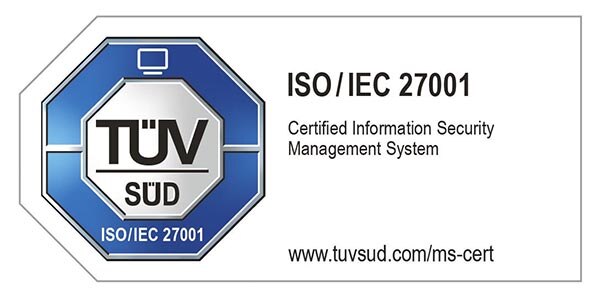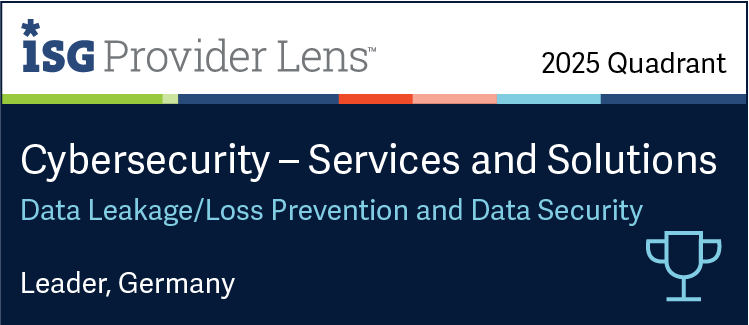How authorities can protect themselves against cyberattacks
The public sector targeted by attacks and obligated to regulation compliance.
Overview
The public sector as a target for cyberattacks
Digitisation in the public sector is steadily progressing. In an increasingly networked world, the growing number of cyber attacks on public institutions and the evolution of ever advanced malware, IT security is becoming more and more important. Particularly among public authorities, offices and public bodies, sensitive information such as personal data, identification numbers, tax numbers etc. are stored as data.
GDPR, the Australian Privacy Act and its ensuing amendments, as well as the Australian Signals Directorate’s (ASD) Essential Eight guideline to mitigate cyber risks describe data protection obligations and point out how data can be best protected, what threats exist and what technical and organisational measures are to be taken. These include, for example, prevention and response to cyber incidents, protection against malware, interface, and access control to external storage media, ensuring data integrity through encryption, secure authentication procedures (e.g. two-factor authentication) and employee awareness.
With this white paper, we would like to help you identify challenges and risks, and take precautions in cyber security. We would like to show how effective defence measures can be implemented with our „Zero Trust Platform“.
Content
-
Why are Public authorities a popular target for cyberattacks?
Millions of sensitive personal data records, digital transformation in the administration, ever closer networking between agencies, offices and countries, high relevance of fast administrative processes on the satisfaction of citizens - this makes authorities a popular target of attack.
-
Common cyber incidents from recent events
- Malicious attack on the Parliament’s IT network
- Service NSW cyber-attack - staff accounts accessed
- Department of Home Affairs data breach exposes 700,000
-
What protective measures are recommended?
Legislators has reacted to the cyber threats and data protection goals through the Australian Privacy Act, its ensuing amendments, as well as the ASD Essential Eight guideline. In addition, the EU GDPR provides a clear guideline on the protection of personal data. These requirements affect authorities in particular, due to the high sensitivity of the data stored there.
-
How the DriveLock Zero Trust Platform helps implement protection measures?
In this chapter, we will describe the protection measures in detail, and how the DriveLock Zero Trust Platform helps to implement them effectively and securely.
Simply fill in the data and download the whitepaper
Please give a few brief details about yourself. You will receive our whitepaper "IT security in the public sector".


















.png?width=500&height=200&name=DsiN%20Mitglied%20%20(500%20x%20200%20px).png)





